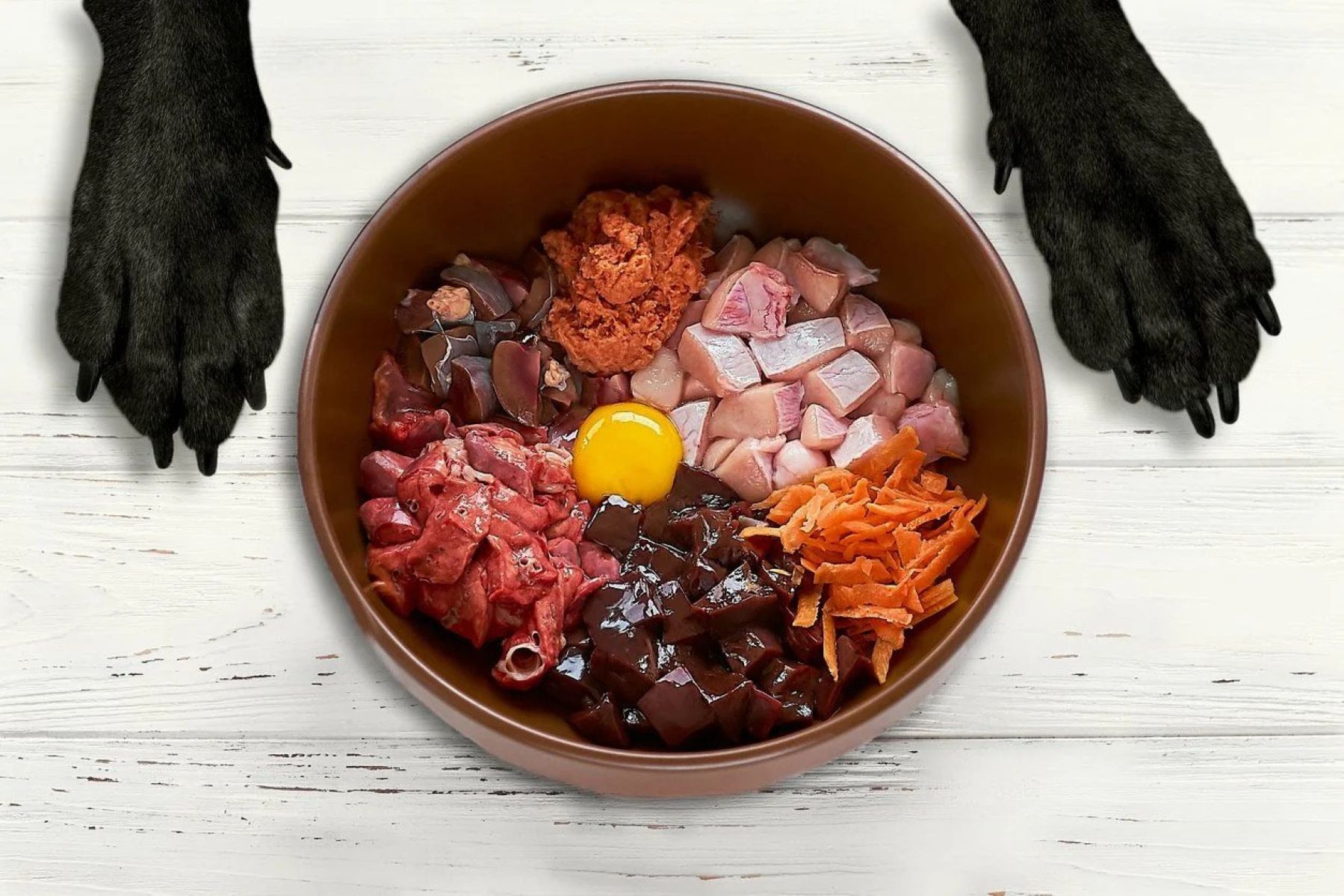

Articles
How To Store Raw Dog Food
Modified: February 27, 2024
Learn effective methods and tips for storing raw dog food in this informative article. Ensure your pet's health and freshness with proper storage techniques.
(Many of the links in this article redirect to a specific reviewed product. Your purchase of these products through affiliate links helps to generate commission for Storables.com, at no extra cost. Learn more)
Introduction
When it comes to feeding our furry friends, many pet owners are turning to raw dog food as a natural and nutritious option. Raw dog food mimics the diet of dogs’ ancestors, consisting of raw meat, bones, fruits, and vegetables. Not only does it provide essential nutrients, but it also helps maintain a healthy weight, improves digestion, and enhances their overall well-being.
However, storing raw dog food requires some special considerations to ensure its freshness and safety for your beloved pup. In this article, we will guide you through the process of storing raw dog food properly.
By following these guidelines, you can keep your raw dog food fresh and maintain its nutritional value, ensuring your furry friend gets the most out of their meals. Let’s dive in and explore the best practices for storing raw dog food!
Key Takeaways:
- Properly storing raw dog food in airtight, freezer-safe containers ensures convenience, cost-effectiveness, and safety. Prepping, refrigerating, freezing, and thawing techniques maintain freshness and nutritional value, promoting a healthy diet for your furry friend.
- Following food safety guidelines, including proper hygiene, storage temperature, and monitoring for spoilage, is crucial for maintaining the safety and freshness of raw dog food. Consulting with a veterinarian for personalized advice ensures your pet receives a healthy and nourishing diet.
Read more: How To Store Raw Honey
Benefits of Storing Raw Dog Food
Storing raw dog food properly not only helps maintain its freshness but also offers several key benefits for both you and your furry friend:
- Convenience: Storing raw dog food in bulk allows you to have a ready-to-serve meal on hand, saving you time and effort in preparing their meals daily. This is especially helpful for busy pet owners.
- Cost-Effective: Buying and storing raw dog food in larger quantities can often be more cost-effective than purchasing small amounts frequently. It enables you to take advantage of bulk discounts and reduce the impact on your wallet.
- Portion Control: Storing raw dog food allows you to portion out the meals according to your dog’s specific dietary needs. This ensures that they receive the right amount of food and helps in maintaining their weight.
- Reduces Food Waste: Proper storage of raw dog food prevents wastage by keeping it fresh and safe for an extended period. You can easily keep track of the expiration dates and consume the food before it goes bad.
- Food Safety: By storing raw dog food correctly, you minimize the risk of bacterial growth, contamination, and foodborne illnesses. It’s crucial to follow proper storage techniques to ensure the safety of your pet’s meals.
By understanding and implementing these benefits, you can make the most out of storing raw dog food and provide your furry friend with a convenient and healthy diet.
Choosing the Right Storage Containers
When storing raw dog food, selecting the right containers is crucial for maintaining freshness and minimizing the risk of contamination. Here are some factors to consider when choosing storage containers for your pet’s food:
- Airtightness: Look for containers that have airtight seals to prevent the entry of oxygen, which can lead to food spoilage. This will help keep the raw dog food fresh and preserve its nutrients.
- Material: Opt for containers made of food-grade plastic, stainless steel, or glass. These materials are durable, easy to clean, and resistant to bacteria buildup.
- Size: Choose containers that can accommodate the amount of raw dog food you typically store. Consider investing in different size options to cater to different portion sizes or if you have multiple dogs.
- Freezer-Safe: If you plan to freeze portions of raw dog food, ensure that the containers are safe to use in the freezer. Look for containers that are labeled as freezer-safe or specifically designed for freezer storage.
- Easy to Label: It’s essential to label your containers with the date of storage to keep track of freshness. Choose containers that have a smooth surface, allowing you to use permanent markers or labels easily.
Remember to clean and sanitize your containers thoroughly before using them to store raw dog food. This will help prevent cross-contamination and ensure the safety of the food.
By selecting the right storage containers, you can maintain the quality and freshness of your raw dog food, providing your furry friend with a wholesome and safe diet.
Prepping the Raw Dog Food for Storage
Before you store raw dog food, it’s important to properly prepare it to ensure its freshness and safety. Follow these steps to prep the raw dog food for storage:
- Source Quality Ingredients: Start by selecting high-quality ingredients for your dog’s raw food. Choose fresh, organic meats and vegetables that are suitable for canine consumption.
- Handle with Care: When handling raw dog food, it’s essential to maintain good hygiene. Wash your hands thoroughly before and after handling the food to prevent the spread of bacteria.
- Portion Control: Divide the raw dog food into appropriate portion sizes based on your dog’s dietary needs. Portioning the food beforehand makes it easier to serve and reduces the risk of food wastage.
- Storage Bags or Containers: Place each portion of the raw dog food into individual storage bags or containers. Ensure that they are airtight and freezer-safe if you intend to freeze the food.
- Date and Label: Label each storage bag or container with the date of storage. This allows you to keep track of the freshness and use the oldest portions first.
By prepping the raw dog food properly, you can maintain its quality and ensure that your pet receives a safe and balanced diet.
Storing Raw Dog Food in the Refrigerator
The refrigerator is an ideal place to store raw dog food, as it helps slow down bacterial growth and keeps the food fresh. Here are some guidelines for storing raw dog food in the refrigerator:
- Temperature Control: Set your refrigerator to a temperature below 40°F (4°C) to maintain the freshness and safety of the raw dog food. Avoid storing it in the door or near the front, as these areas are subject to temperature fluctuations.
- Keep Separate: Store the raw dog food separately from cooked foods and human consumables to avoid cross-contamination. Use designated shelves or drawers specifically for your pet’s food.
- Avoid Overcrowding: Do not overcrowd the refrigerator as it can hinder proper airflow and compromise the temperature consistency. Leave enough space for the air to circulate around the containers.
- Maintain Airtight Containers: Place the individual portions of raw dog food in airtight containers to prevent odor transfer and maintain freshness. Ensure that the lids are tightly secured to minimize exposure to air.
- Utilize Bottom Shelves: Raw dog food containers should be stored on the lower shelves to prevent any potential spills or leaks from contaminating other foods in the refrigerator.
- Rotate and Use Within Timeframe: Raw dog food stored in the refrigerator should be used within 2-3 days to ensure maximum freshness and reduce the risk of spoilage. Always check for any signs of spoilage before serving the food to your pet.
Following these guidelines will help you properly store raw dog food in the refrigerator, ensuring that it remains safe for your pet to consume.
When storing raw dog food, make sure to keep it in a sealed container in the refrigerator or freezer to prevent bacterial growth. Thaw frozen food in the refrigerator before serving.
Read more: How To Store Raw Cashews
Freezing Raw Dog Food
Freezing raw dog food is an effective method to extend its shelf life while preserving its nutritional value. Here are the steps to properly freeze raw dog food:
- Portioning: Divide the raw dog food into individual meal-sized portions. This allows for easy thawing and minimizes the need to refreeze and risk compromising the food’s quality.
- Freezer-Safe Containers: Use freezer-safe containers or storage bags specifically designed for freezing. Ensure that they are airtight to prevent freezer burn and ice crystal formation.
- Date and Label: Clearly label each container or bag with the date of freezing. This helps you keep track of how long the raw dog food has been frozen and use the oldest portions first.
- Stacking and Arranging: Arrange the frozen raw dog food portions in the freezer, leaving enough space for air circulation. Stack them neatly to save space but avoid overpacking to maintain proper freezing conditions.
- Freeze at Optimal Temperature: Set your freezer to a temperature of 0°F (-18°C) or below, as this ensures that the raw dog food remains frozen and safe from bacterial growth.
- Separate from Human Food: Store the frozen raw dog food away from human food to prevent any cross-contamination. Use separate freezer compartments or shelves if possible.
Remember to thaw only the needed portion of the raw dog food and avoid refreezing it. Freezing can help you keep a stock of raw dog food for longer durations while retaining its quality and nutritional benefits.
Thawing and Serving Raw Dog Food
Thawing raw dog food properly is essential to maintain its freshness and ensure safe consumption. Here are the steps to thaw and serve raw dog food:
- Refrigerator Thawing: The safest method is to thaw the raw dog food in the refrigerator. Simply remove the portion you need and place it in a covered container. Allow it to thaw slowly in the refrigerator for 24-48 hours before serving.
- Cold Water Bath: If you need to quickly thaw the raw dog food, you can submerge the sealed container or bag in cold water. Change the water every 30 minutes to maintain a consistent temperature. Ensure that the food is completely thawed before serving.
- Avoid Microwaving: It is not recommended to thaw raw dog food in a microwave. Microwaving can unevenly heat the food and increase the risk of bacterial growth. It may also impact the nutritional value of the food.
- Serving Temperature: Raw dog food is best served at room temperature or slightly chilled. Avoid serving it directly from the refrigerator as the cold temperature may deter your dog from eating it.
- Feeding Guidelines: Follow the recommended feeding guidelines for your dog’s specific breed, age, and weight. Consult with your veterinarian to determine the appropriate portion sizes and feeding frequency.
- Monitor Consumption and Discard: Keep track of how much your dog eats and discard any uneaten raw dog food after 30 minutes to prevent bacterial growth. When in doubt, consult with your veterinarian for guidance.
By following these thawing and serving guidelines, you can safely serve raw dog food to your furry friend, ensuring they receive a nutritious and enjoyable meal.
Tips for Maintaining Food Safety
When it comes to storing and serving raw dog food, ensuring food safety is of utmost importance. Here are some essential tips to maintain the safety of raw dog food:
- Proper Hygiene: Wash your hands thoroughly with soap and water before and after handling raw dog food to prevent the spread of bacteria.
- Storage Temperature: Keep the refrigerator temperature below 40°F (4°C), and the freezer temperature at 0°F (-18°C) or below to prevent bacterial growth.
- Separate Storage: Store raw dog food separate from human food and cooked items to avoid cross-contamination.
- Thorough Cleaning: Clean and sanitize storage containers, utensils, and surfaces that come into contact with raw dog food to minimize the risk of bacterial growth.
- Label and Date: Clearly label and date the storage containers or bags to keep track of the freshness and use the oldest portions first.
- Do Not Refreeze: Avoid refreezing thawed raw dog food, as it can lead to the growth of harmful bacteria. Thaw only what you need for each serving.
- Monitor Signs of Spoilage: Regularly inspect the raw dog food for any signs of spoilage, such as foul odor, sliminess, or abnormal color. Discard any food that appears spoiled.
- Follow Feeding Guidelines: Feed your dog the appropriate portion sizes based on their breed, age, and weight. Avoid overfeeding to maintain a healthy weight.
- Consult with a Veterinarian: If you have any concerns or questions about feeding raw dog food, consult with a veterinarian who can provide guidance based on your dog’s specific needs.
By following these tips, you can ensure the safety and freshness of raw dog food, providing your furry friend with a healthy and nourishing diet.
Conclusion
Storing raw dog food properly is crucial for maintaining its freshness and ensuring the safety of your furry friend’s meals. By following the guidelines outlined in this article, you can provide your dog with a natural and nutritious diet without compromising their health. Here’s a summary of the key points to remember:
Firstly, choose the right storage containers that are airtight, freezer-safe, and easy to label. This helps keep the raw dog food fresh and allows for portion control. Prepping the raw dog food involves sourcing quality ingredients, handling them hygienically, and dividing them into appropriate portions.
Storing raw dog food in the refrigerator requires temperature control, separate storage, and airtight containers. Freezing raw dog food extends its shelf life, and proper freezing techniques include portioning, using freezer-safe containers, and labeling. Thawing raw dog food can be done in the refrigerator or with a cold water bath, avoiding microwaving.
Finally, maintaining food safety is essential. Ensure proper hygiene, follow storage temperature guidelines, practice separate storage, clean and sanitize properly, and monitor signs of spoilage. Always follow feeding guidelines and consult with a veterinarian for personalized advice.
By implementing these practices, you can ensure that your pet receives the best raw dog food experience while keeping them safe and healthy.
Remember, your dog’s well-being is in your hands, so take the necessary steps to store raw dog food correctly, and enjoy the benefits of providing them with a wholesome and nutritious diet!
Frequently Asked Questions about How To Store Raw Dog Food
Was this page helpful?
At Storables.com, we guarantee accurate and reliable information. Our content, validated by Expert Board Contributors, is crafted following stringent Editorial Policies. We're committed to providing you with well-researched, expert-backed insights for all your informational needs.
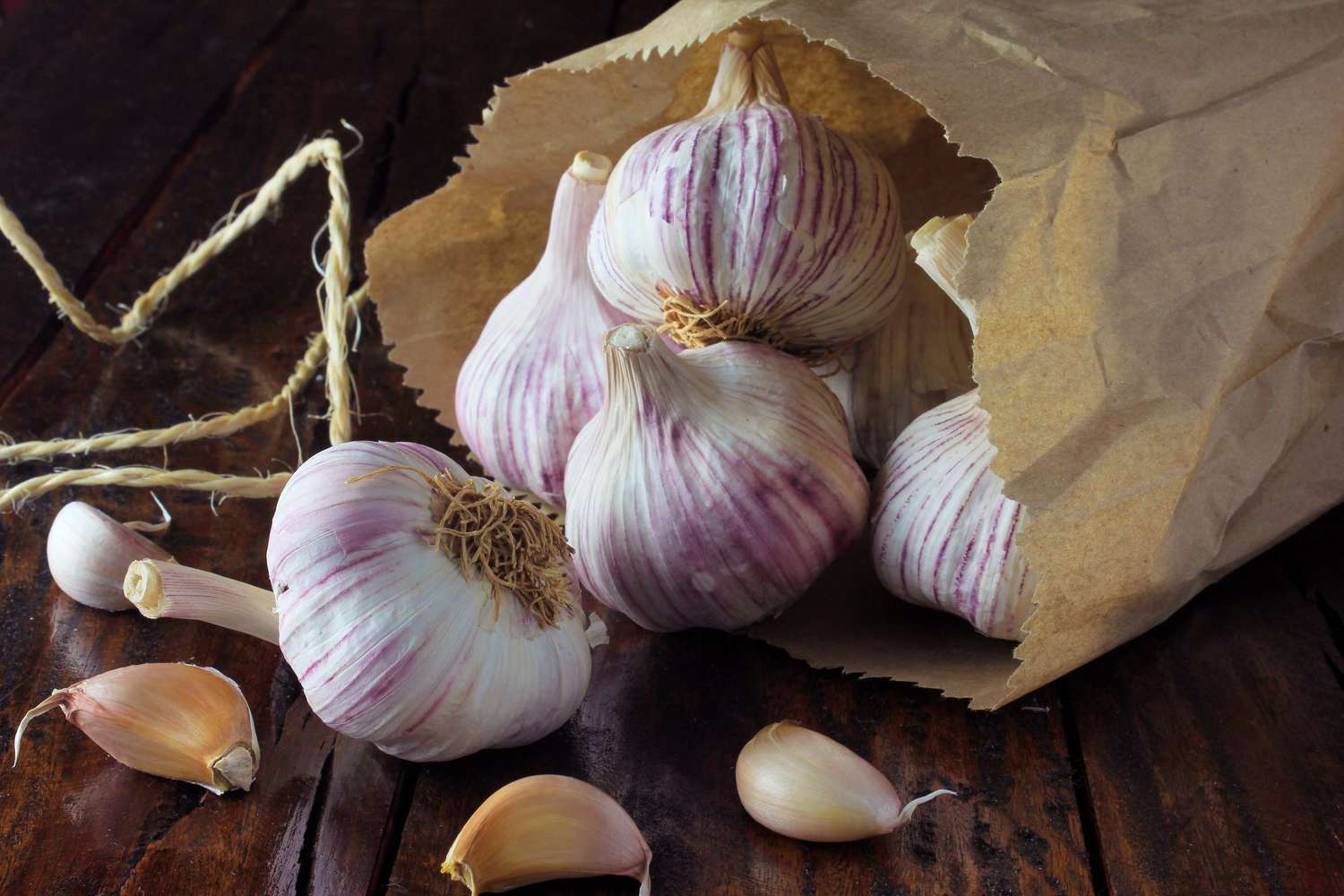
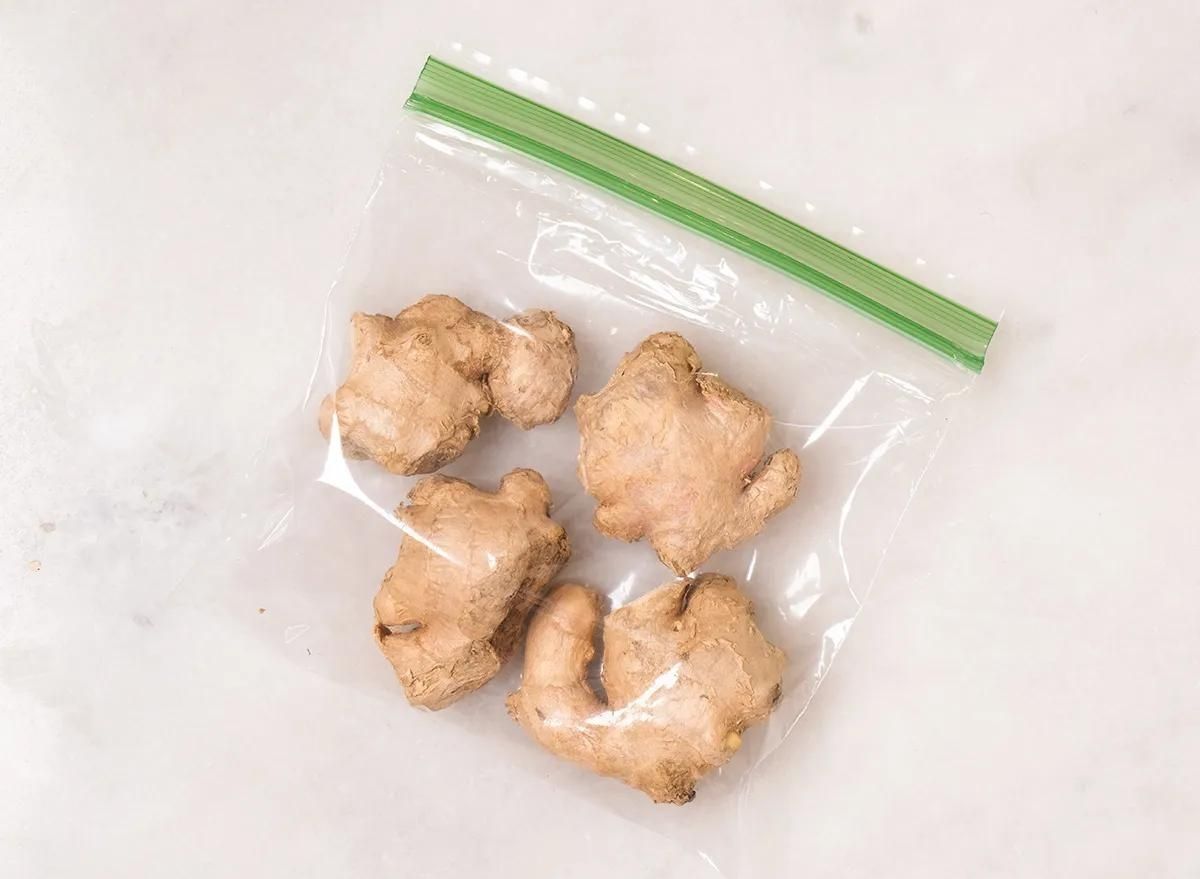
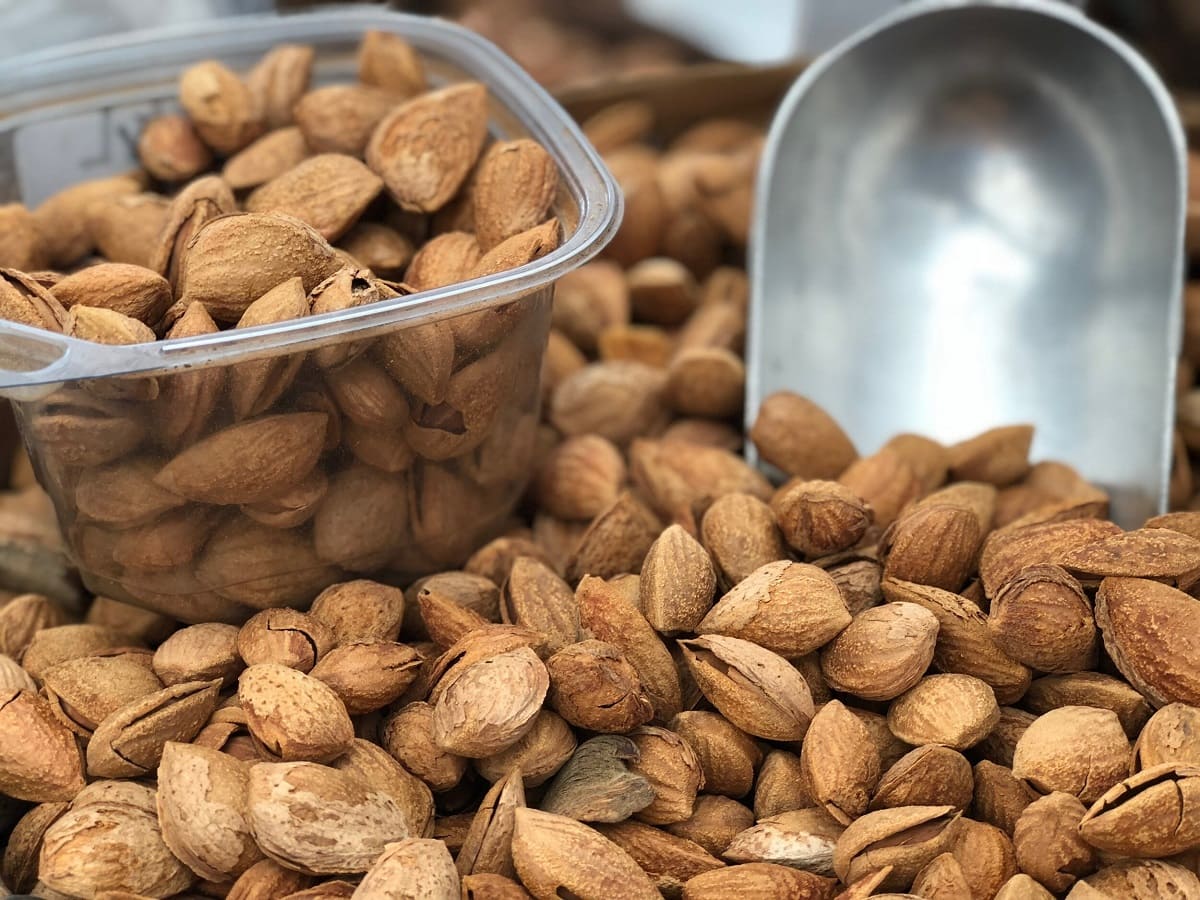
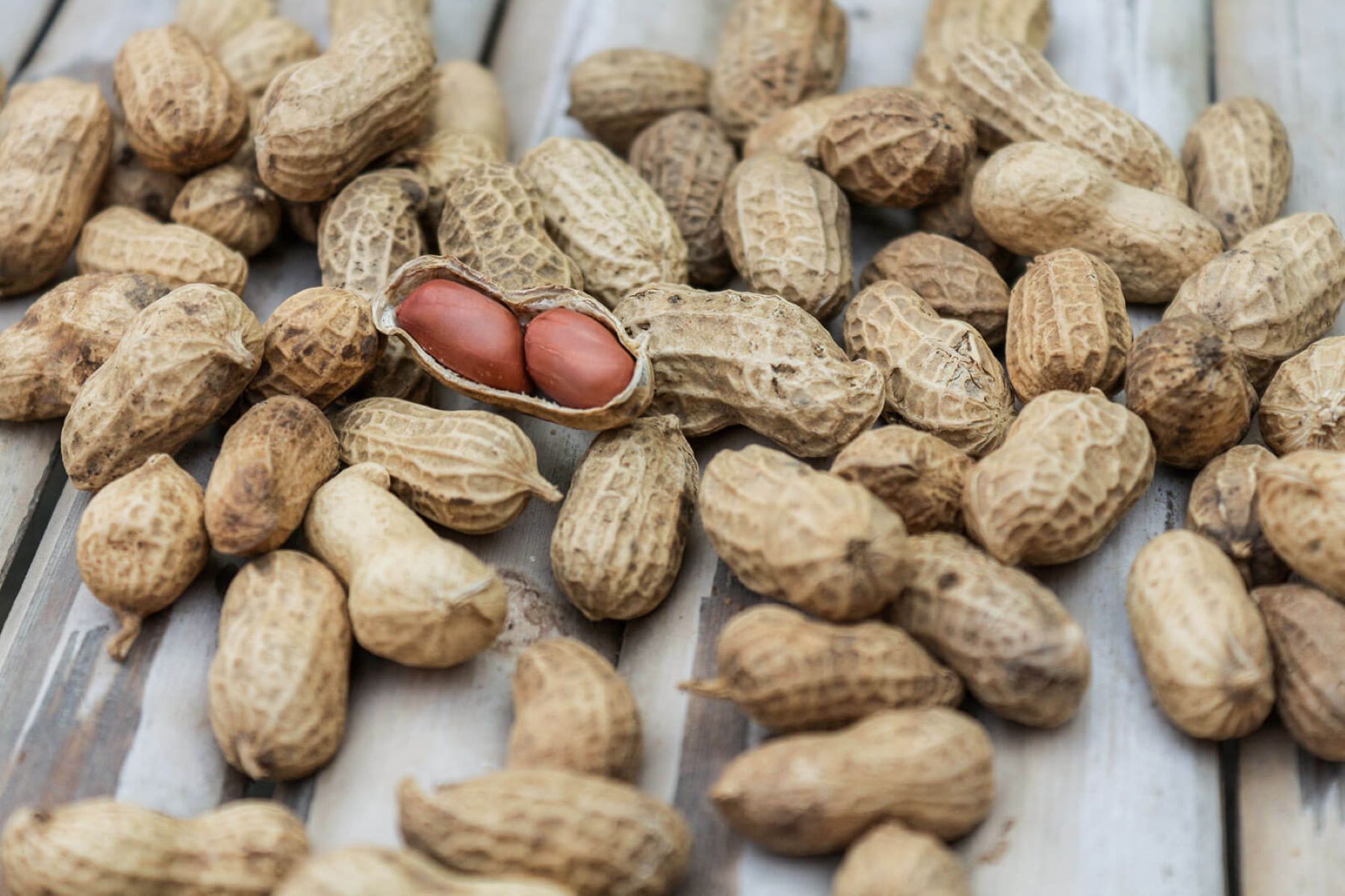
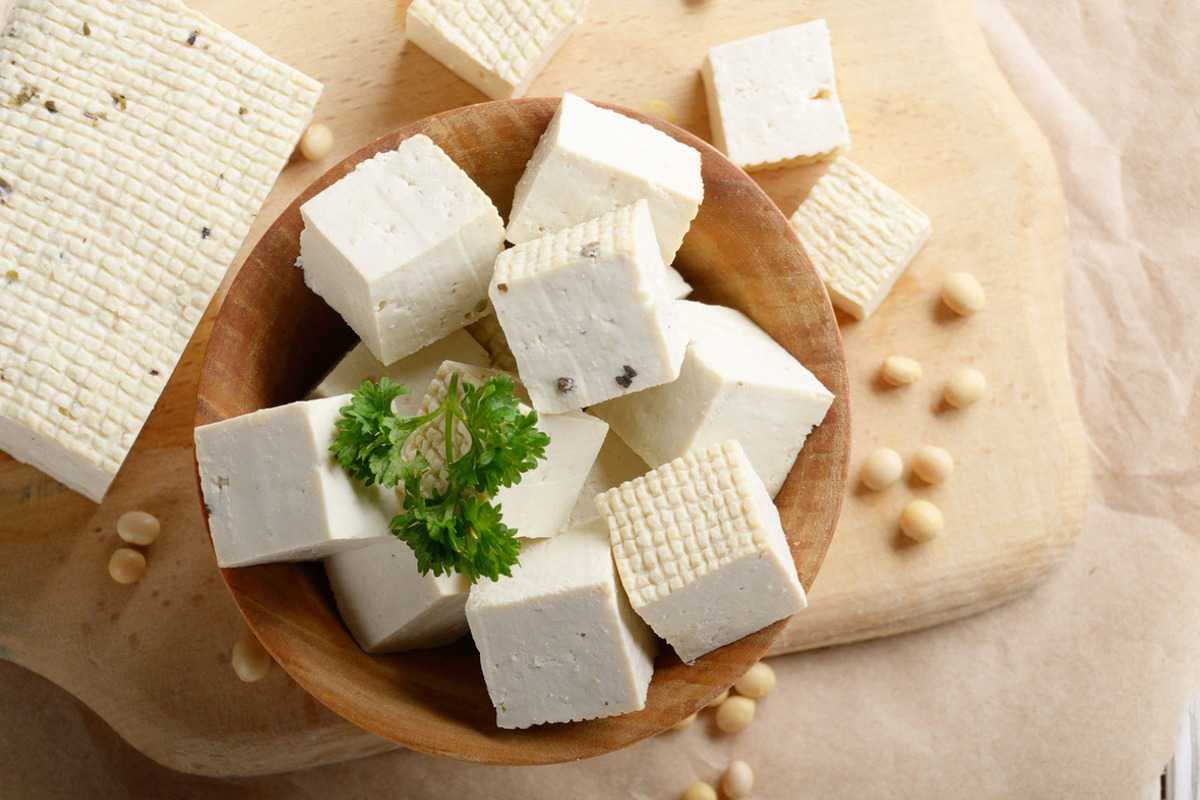
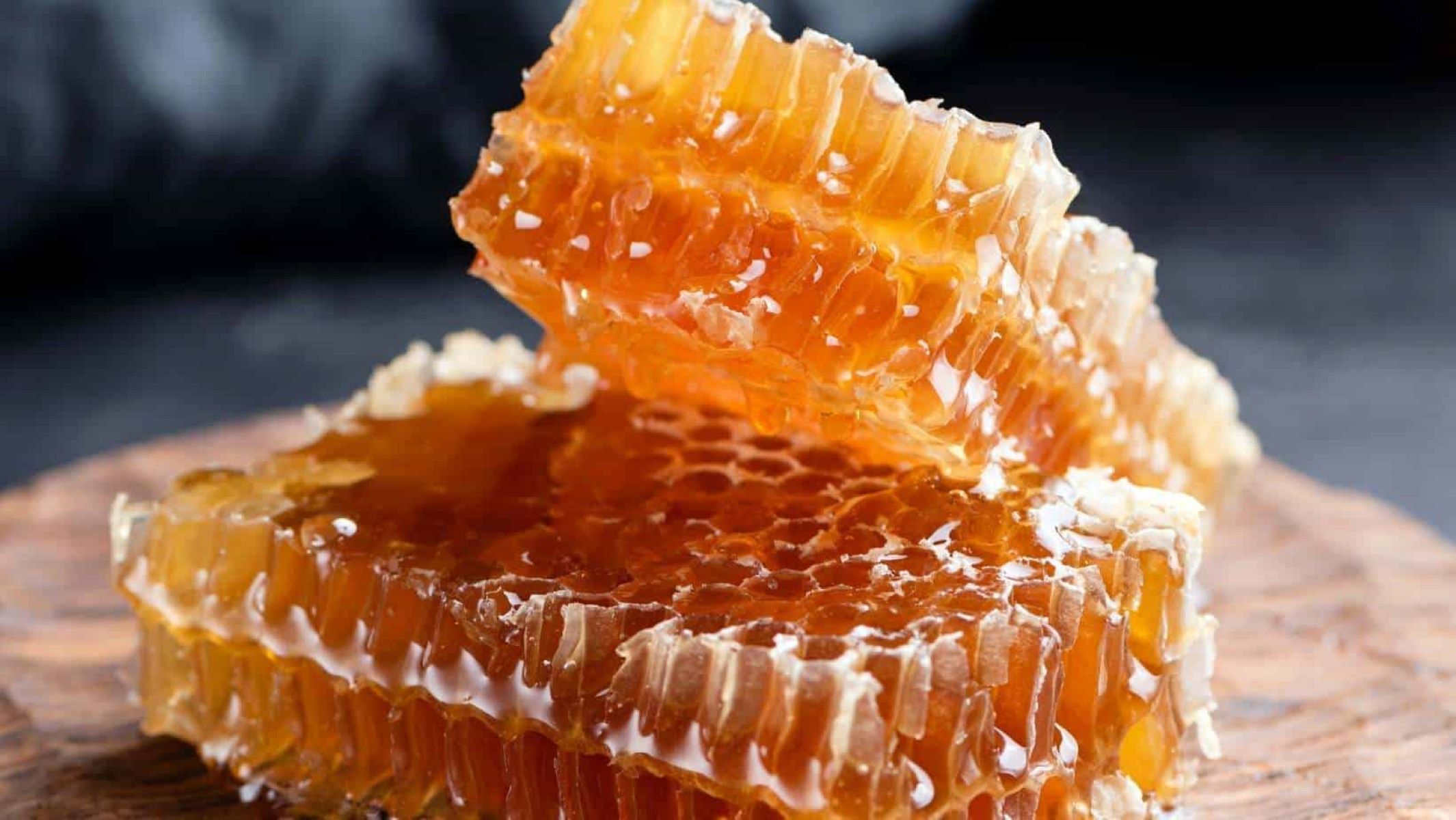
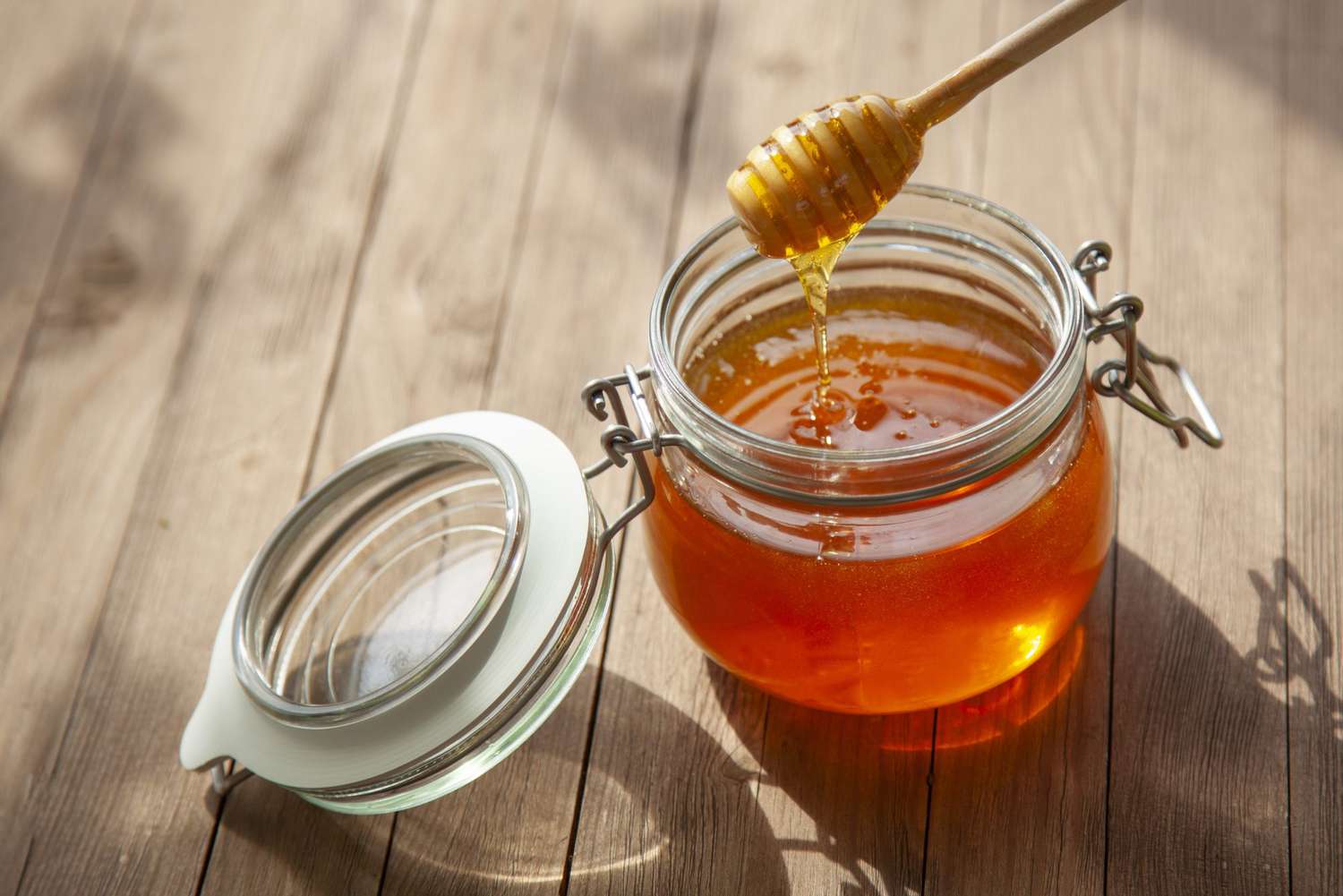
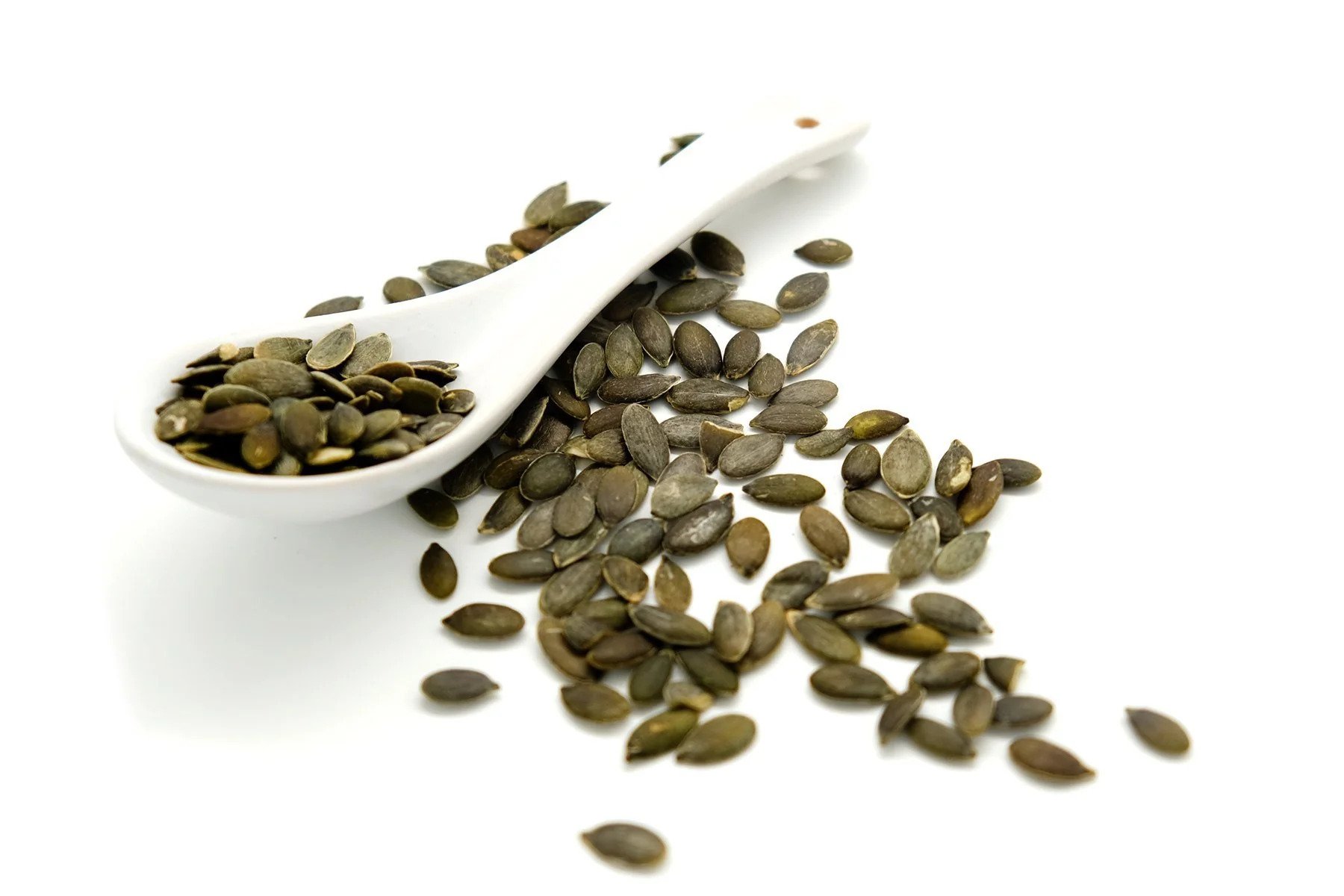
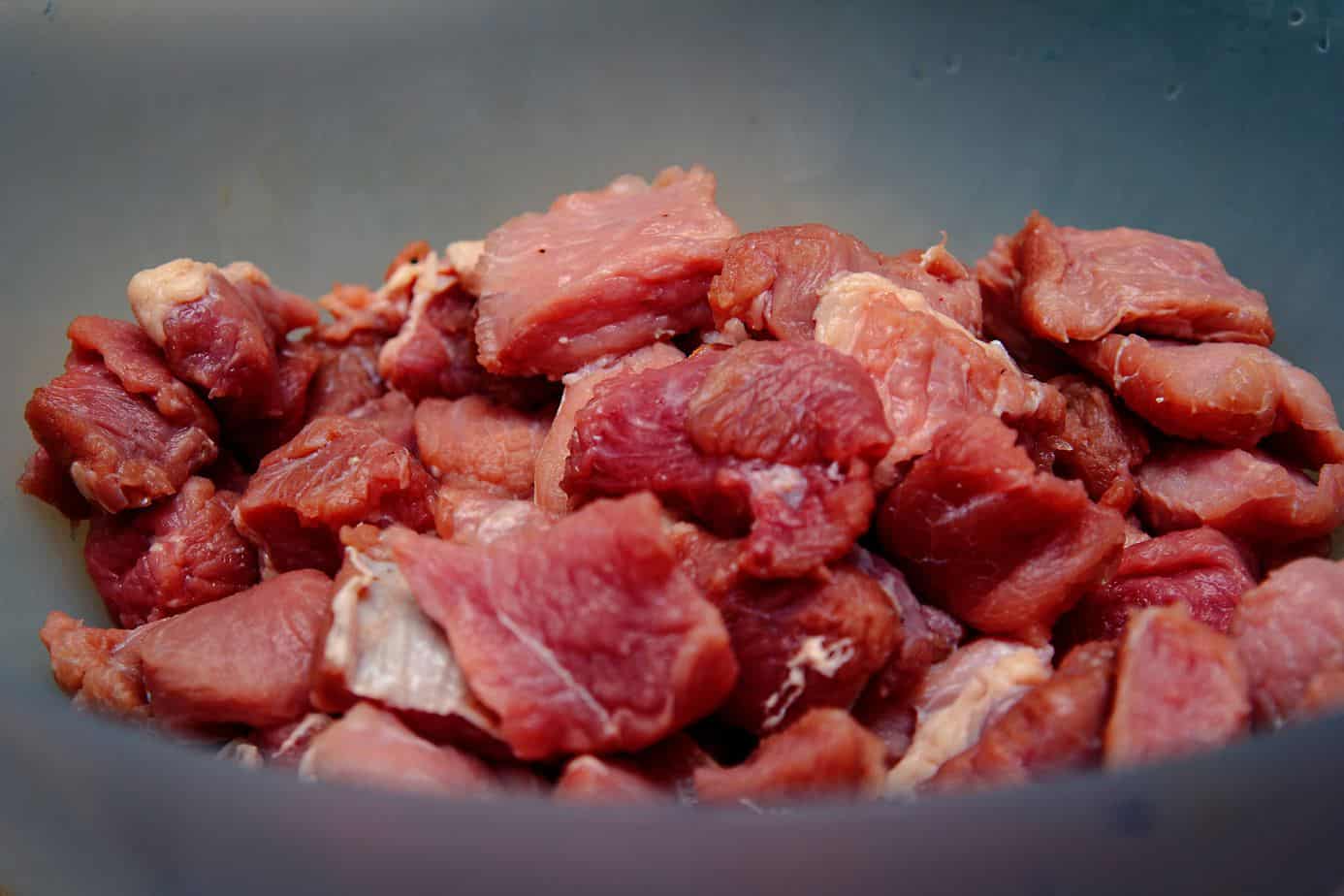
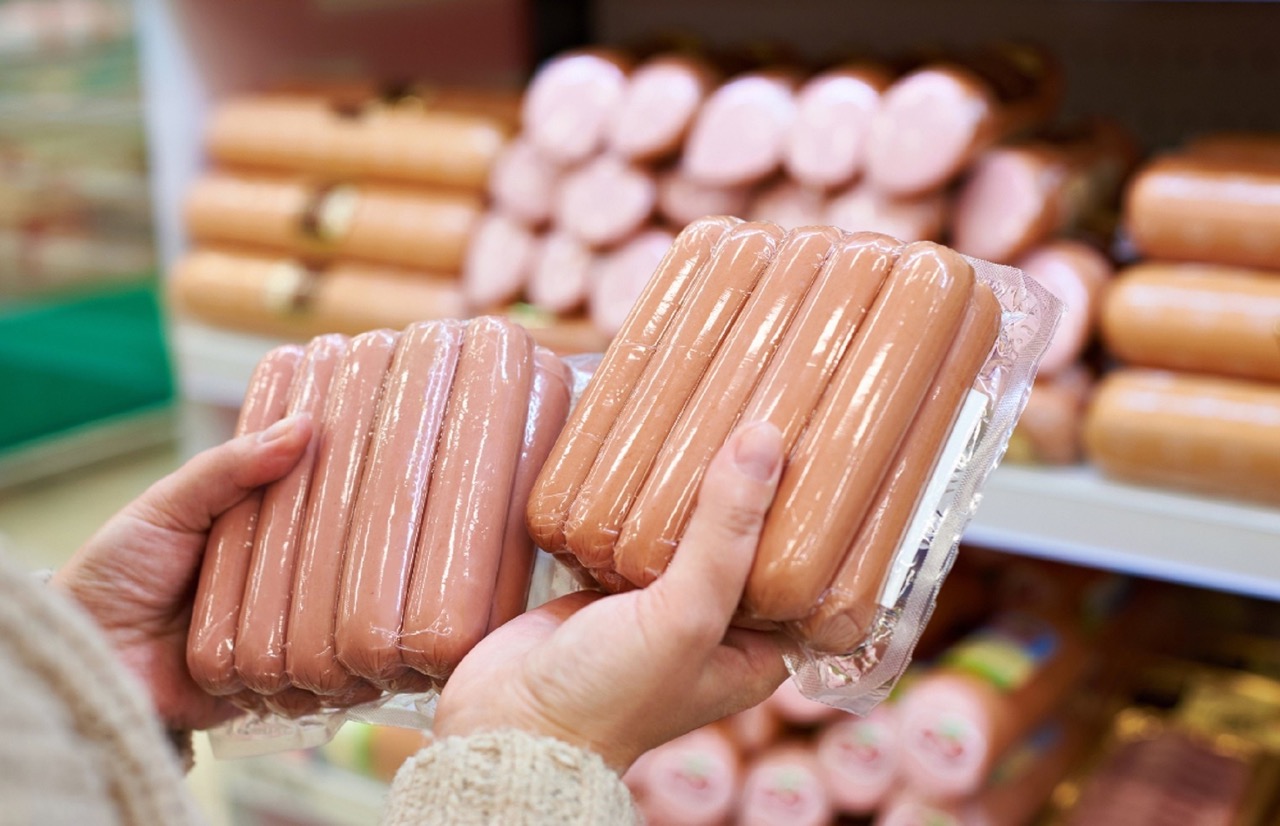
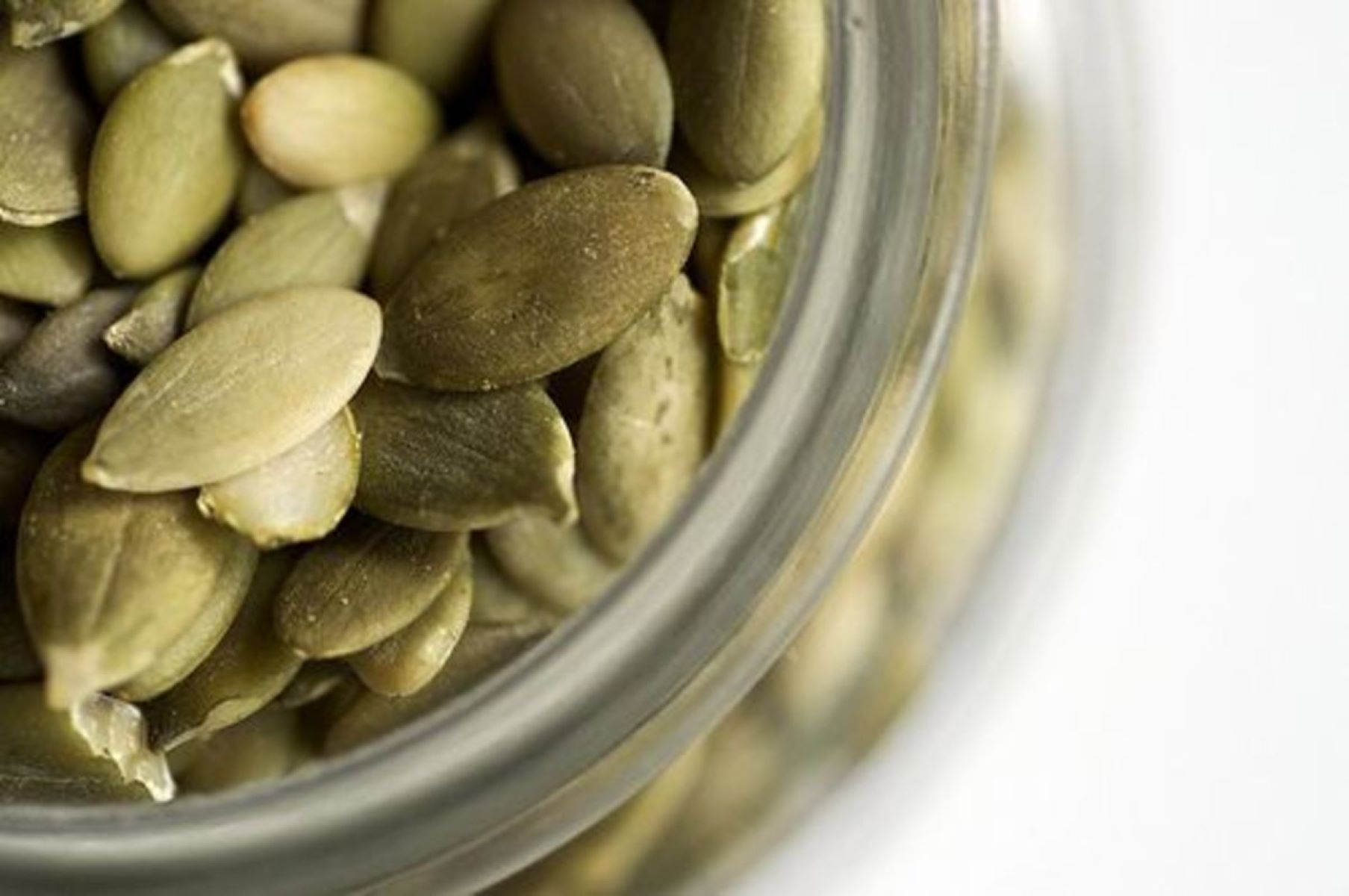
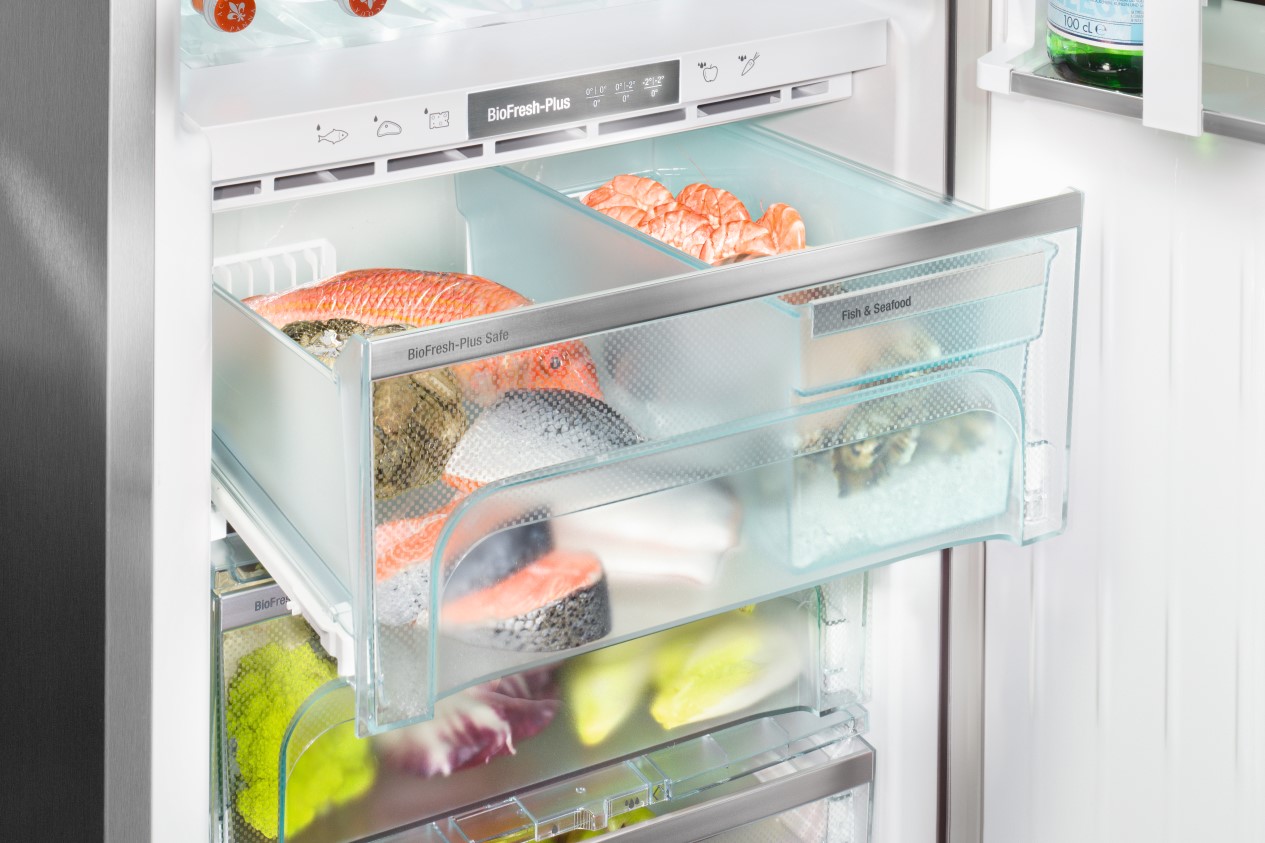
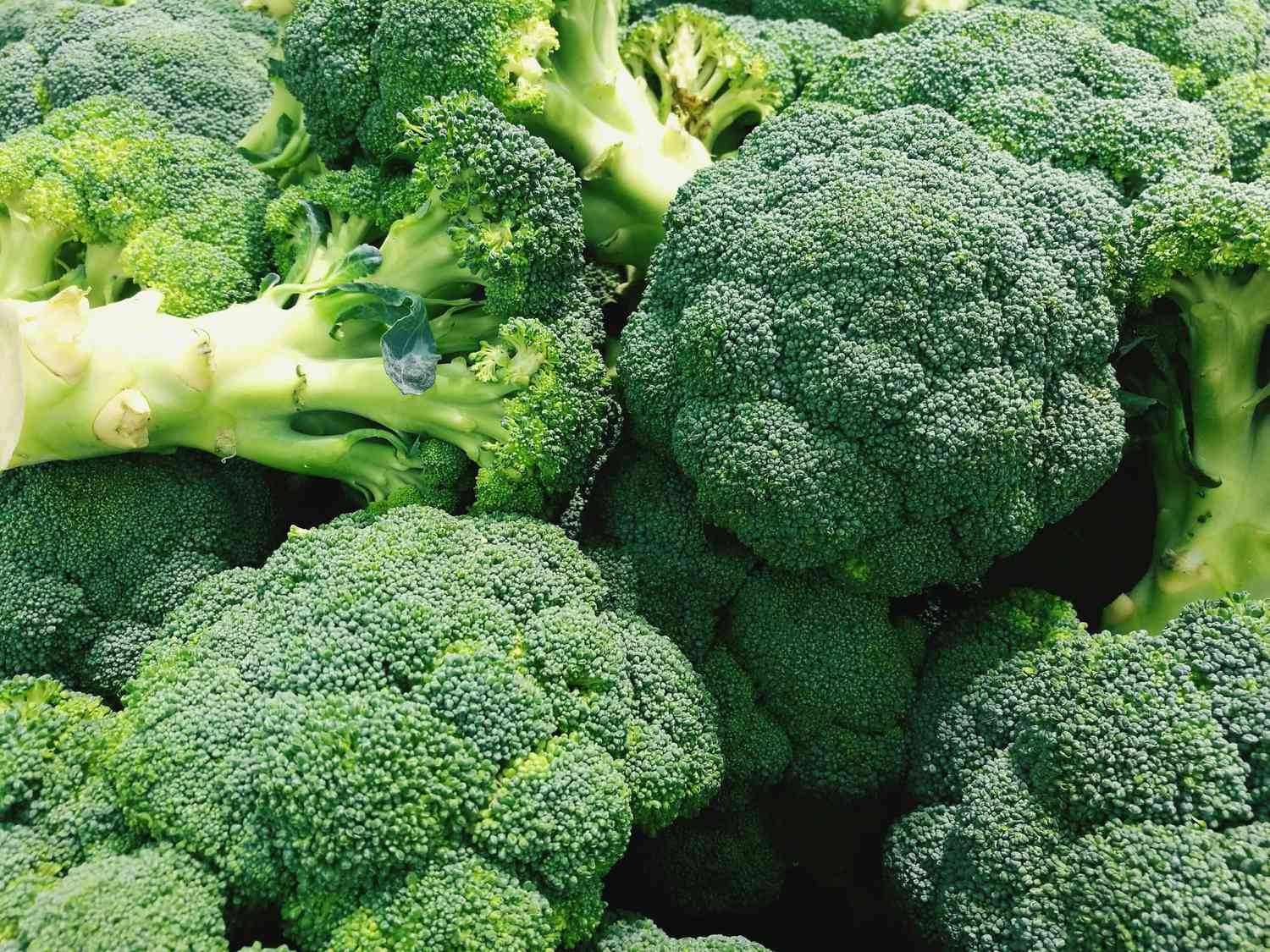
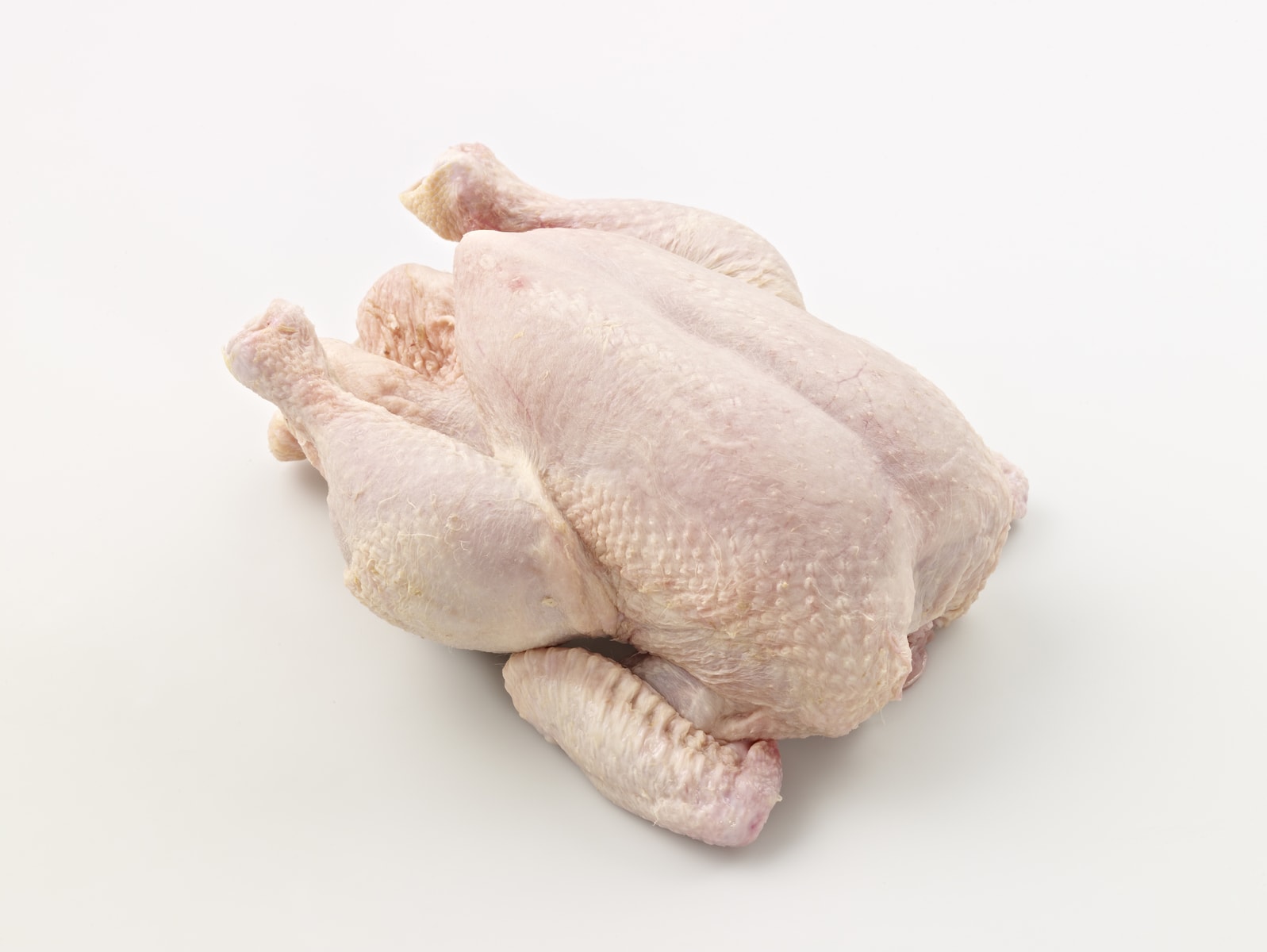

0 thoughts on “How To Store Raw Dog Food”